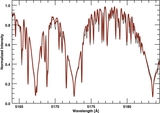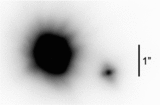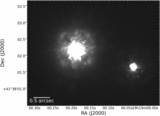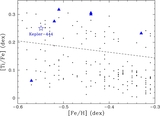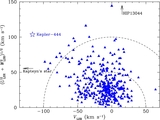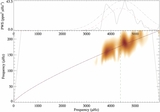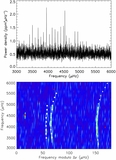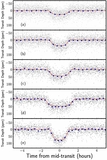Image Details
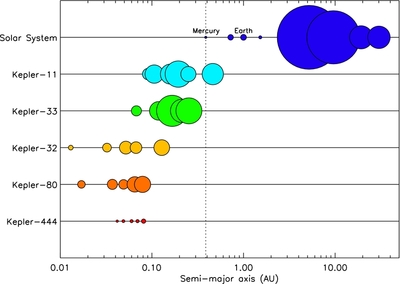
Caption: Figure 10.
Semi-major axes of planets belonging to the highly compact multiple-planet systems Kepler-444, Kepler-11, Kepler-32, Kepler-33, and Kepler-80. Semi-major axes of planets in the solar system are shown for comparison. The vertical dotted line marks the semi-major axis of Mercury. Symbol size is proportional to planetary radius. Note that all planets in the Kepler-444 system are interior to the orbit of the innermost planet in the Kepler-11 system, the prototype of this class of highly compact multiple-planet systems.
Copyright and Terms & Conditions
© 2015. The American Astronomical Society. All rights reserved.


